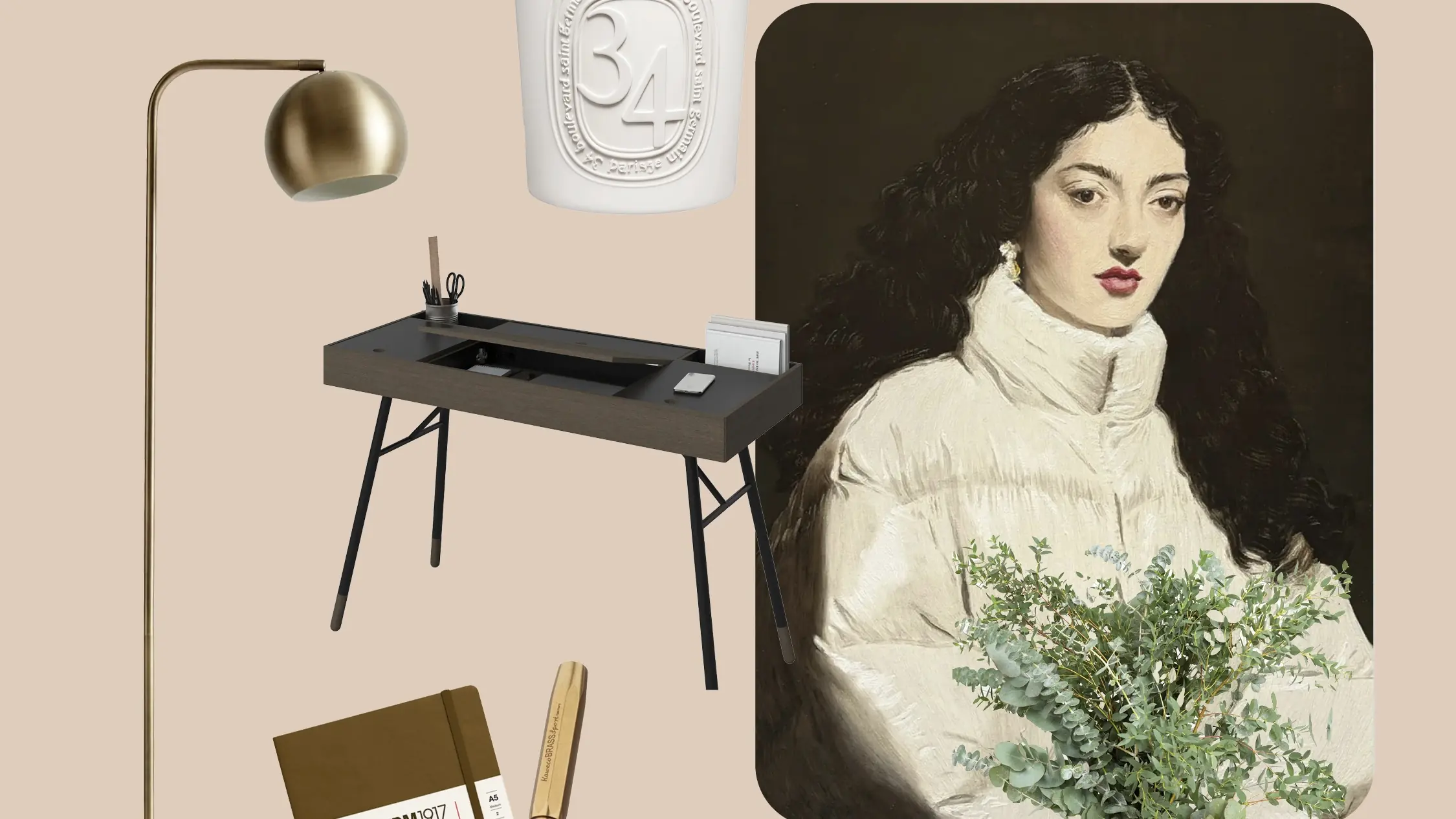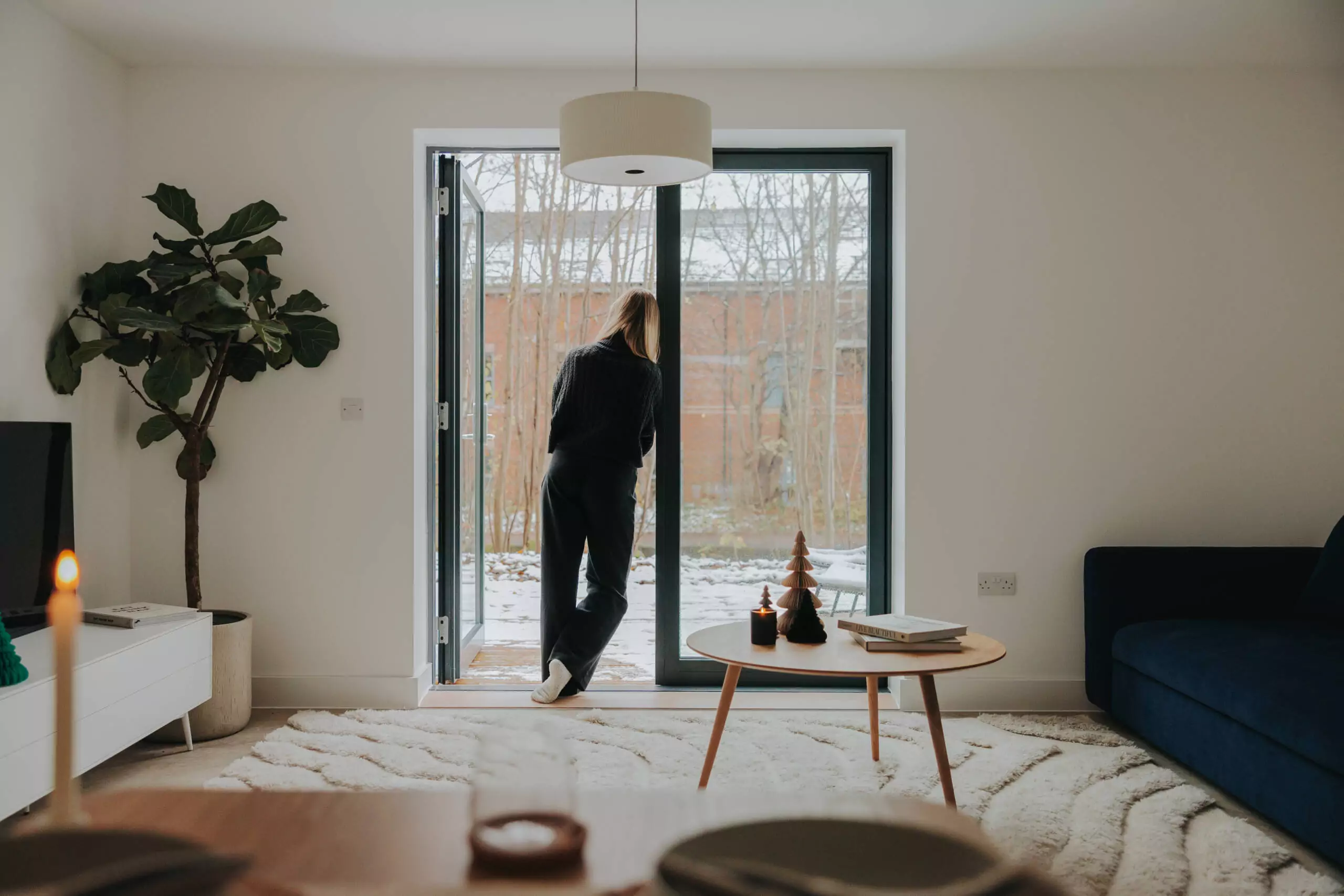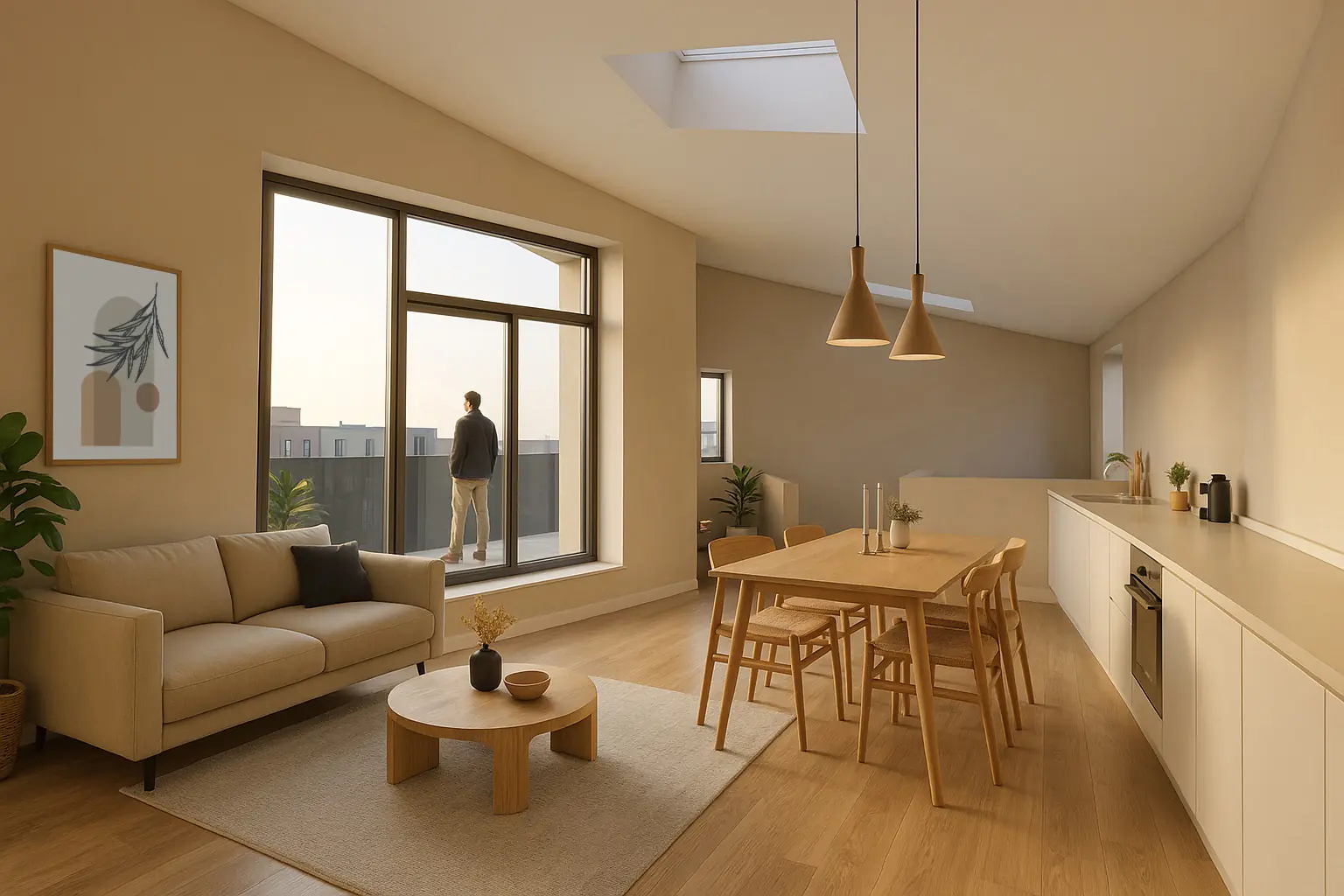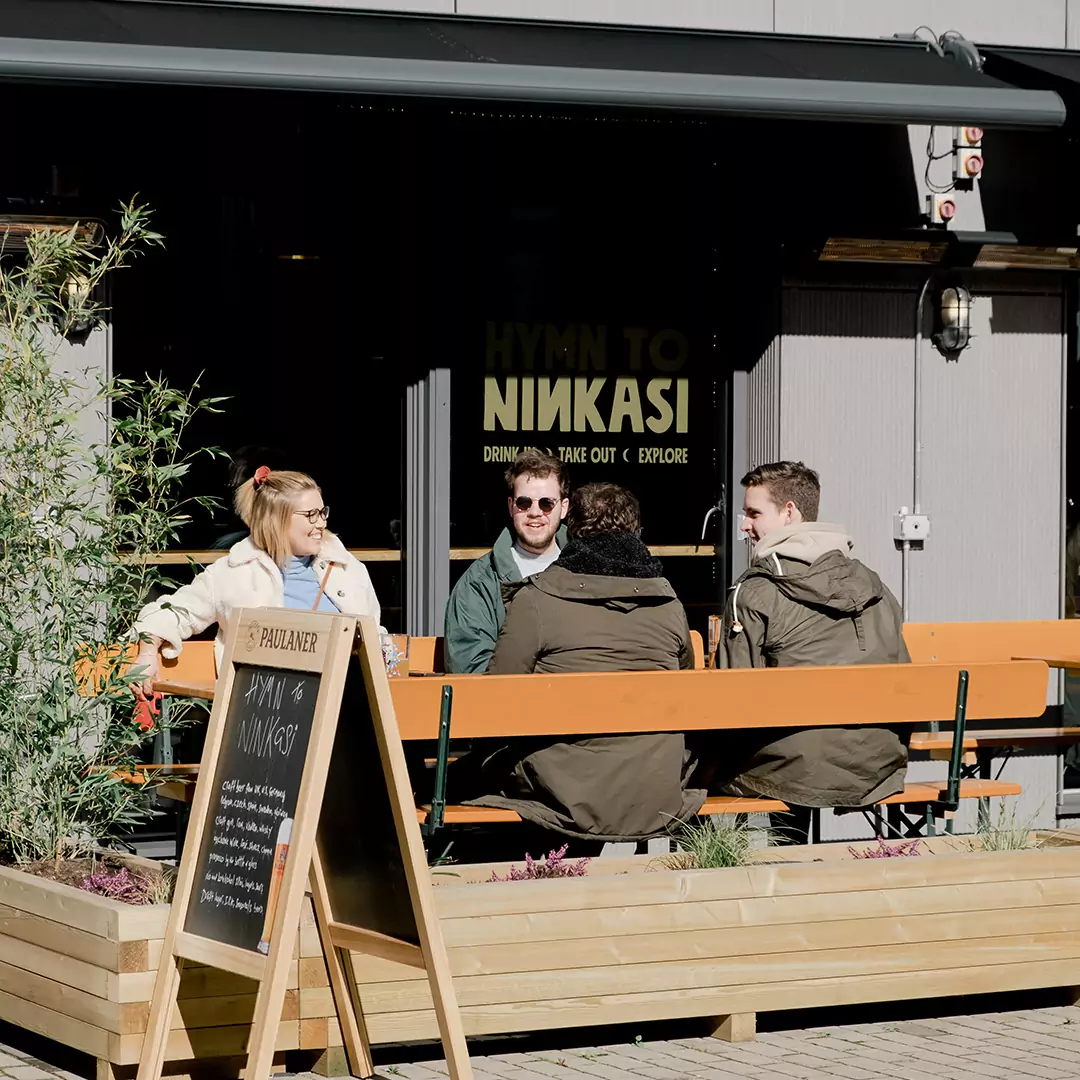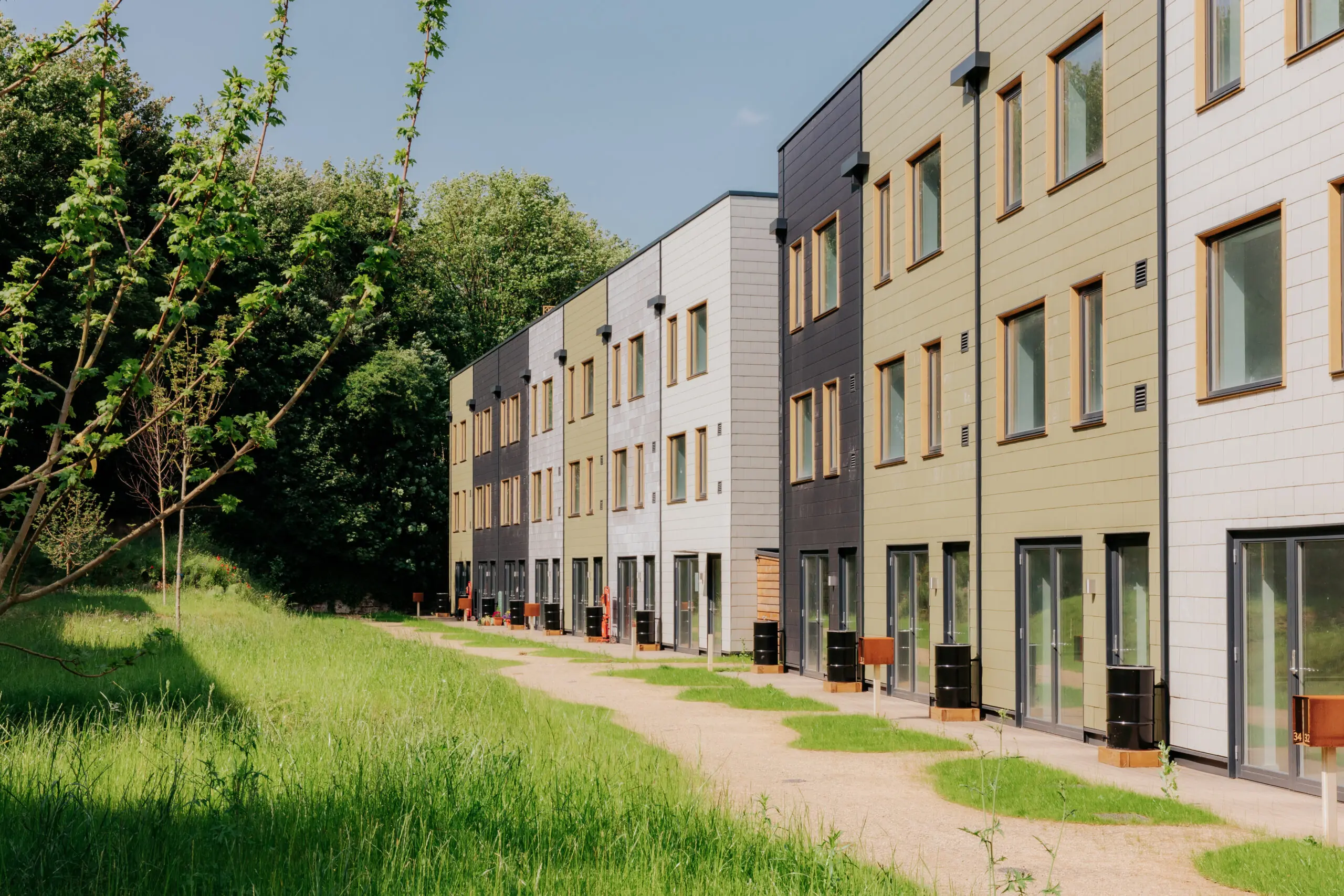
Our homes are designed to work with nature — not against it. That means making the most of daylight, fresh air, and passive design principles that help maintain a comfortable indoor climate year-round. But as summer temperatures rise, there are a few simple steps you can take to make your Citu home even more comfortable.
Built to Breathe
Every Citu Home is designed using Passivhaus principles — ultra-efficient, air-tight, and with clever features like triple glazing, deep insulation, and MVHR (Mechanical Ventilation with Heat Recovery) systems. While the homes are built to avoid overheating (with most homes experiencing <5% of the year over 25°C indoors), warm spells can still benefit from a little extra care.
Use the Stack Effect to Your Advantage
The natural ‘chimney effect’ (or stack effect) is one of your best tools in warm weather. Hot air rises — so opening rooflights and upper floor windows in the evening lets warm air escape, while cooler air is drawn in through secure vents at ground level. It’s a simple but effective way to encourage airflow and regulate temperature naturally.
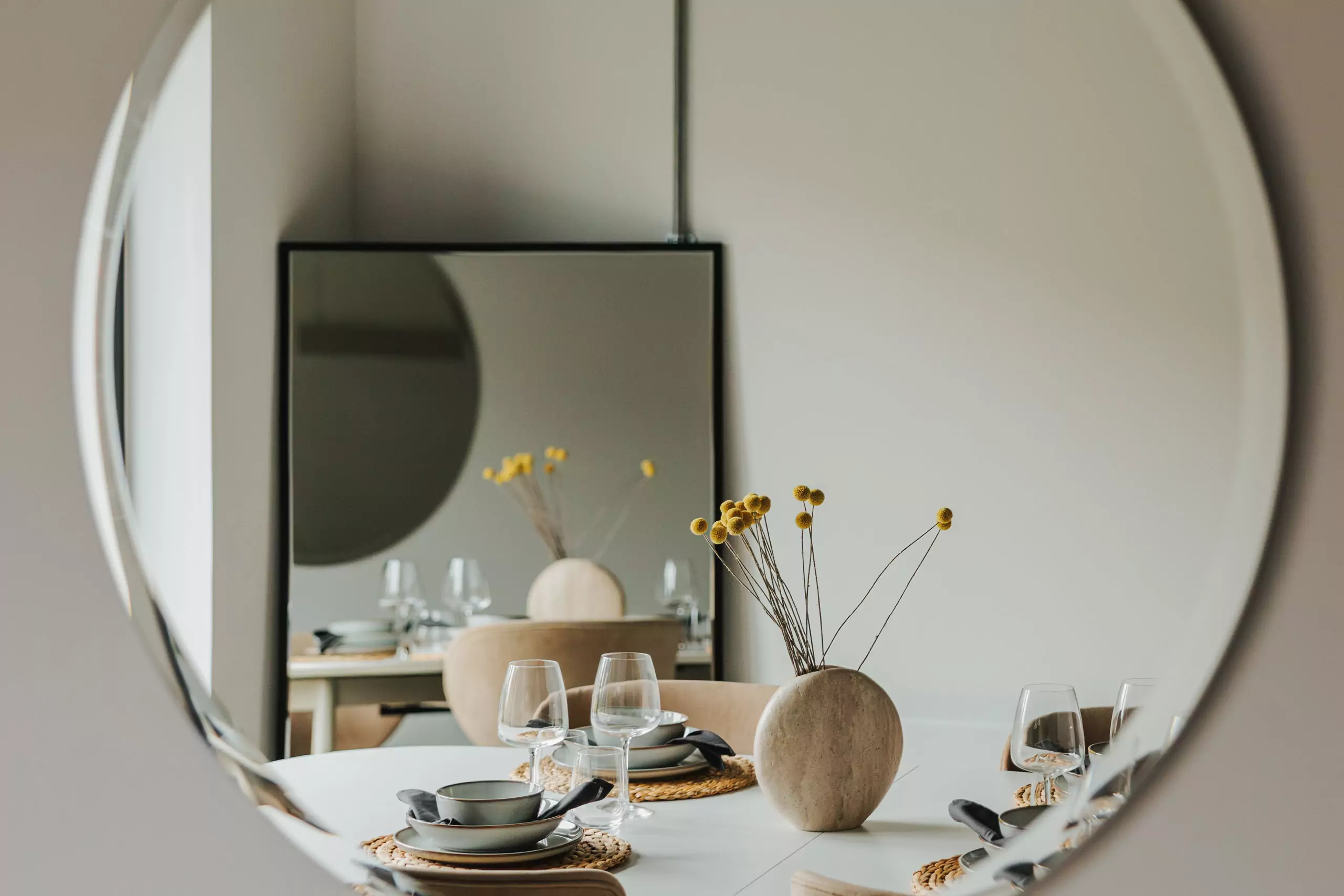
Keep Cool at Night
Once the sun goes down, take advantage of cooler night air:
Open windows at opposite sides of the house to create cross-ventilation.
Use your secure ground floor vents for peace of mind overnight.
Add a portable fan to keep the air circulating in particularly warm periods.
During the day, keep blinds or reflective coverings closed to minimise heat gain from direct sunlight — especially on south-facing façades.
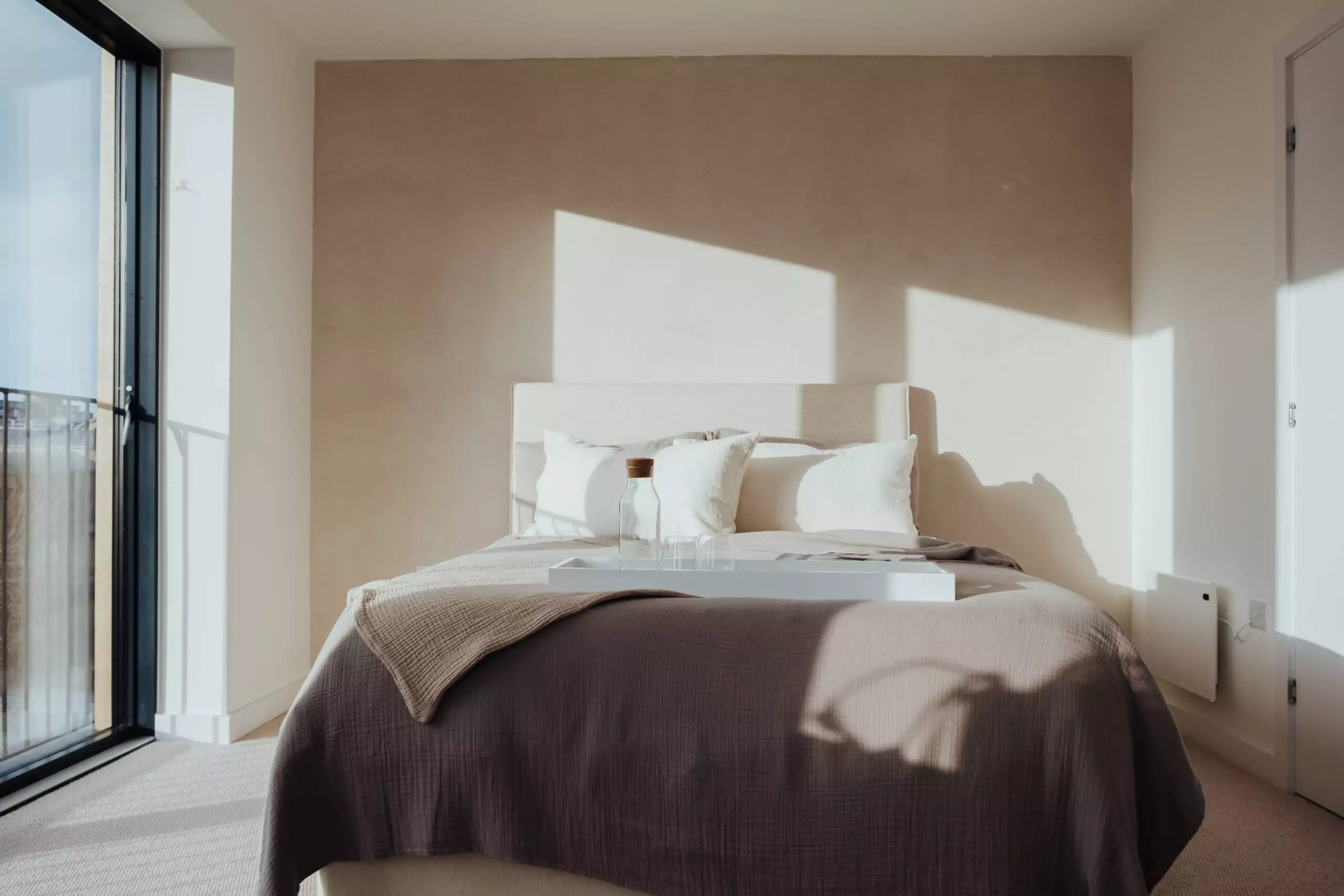
What About the MVHR System?
Your MVHR system is designed to support your comfort year-round. In warmer months, the summer bypass kicks in, allowing cooler outside air to flow through your home without heat recovery. It’s not an air conditioning system, but it works to balance temperature and maintain fresh air without overheating.
A Home That Works With the Weather
Citu Homes don’t rely on mechanical cooling — they’re built with thoughtful design at every level, from the materials used to how they sit in their environment. But a little bit of understanding goes a long way to getting the most from your home.
As the weather warms, use these tips to stay comfortable, conserve energy, and let your home do what it was designed to do — keep you connected to the world outside, while protecting what matters inside.
